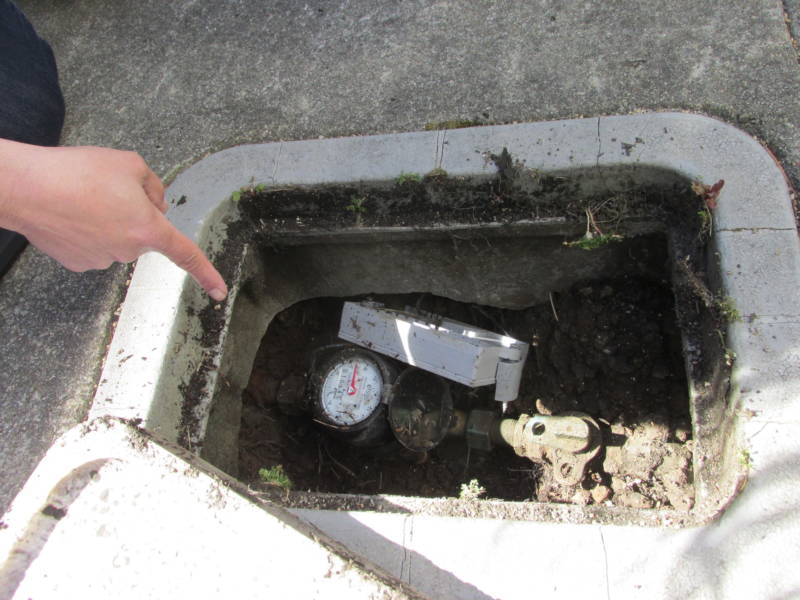The last few years has shown that California is getting serious about policies to combat drought. And now it is getting serious about the role of data in that fight. In 2013 Gov. Jerry Brown mandated that urban water suppliers report monthly average gallons per capita per day to track water conservation. And last week the governor further enshrined that data collection effort in a new executive order.
This information, available online to anyone, is useful. But only to a degree. There is still much more to be learned about how Californians use water, how much they use and how well conservation and efficiency programs are working.
That’s where the California Data Collaborative comes in. It is “a coalition of water utilities working together to share data and accelerate water efficiencies and ensure reliability in the face of our water supply challenges,” said the initiative’s project manager Patrick Atwater.
Ultimately the goal of the project is “integrating the entire life cycle of water use data” as the collaborative’s website states. And an important part of this, said Atwater, is standardizing all the data that is being collected through various water suppliers and state agencies. Then that data can be analyzed, along with other information.
The project is in its first phase and the initial focus is on understanding outdoor water use efficiency, so data specific to locations, such as population, irrigable area and the evapotranspiration rate can be added to user data.
